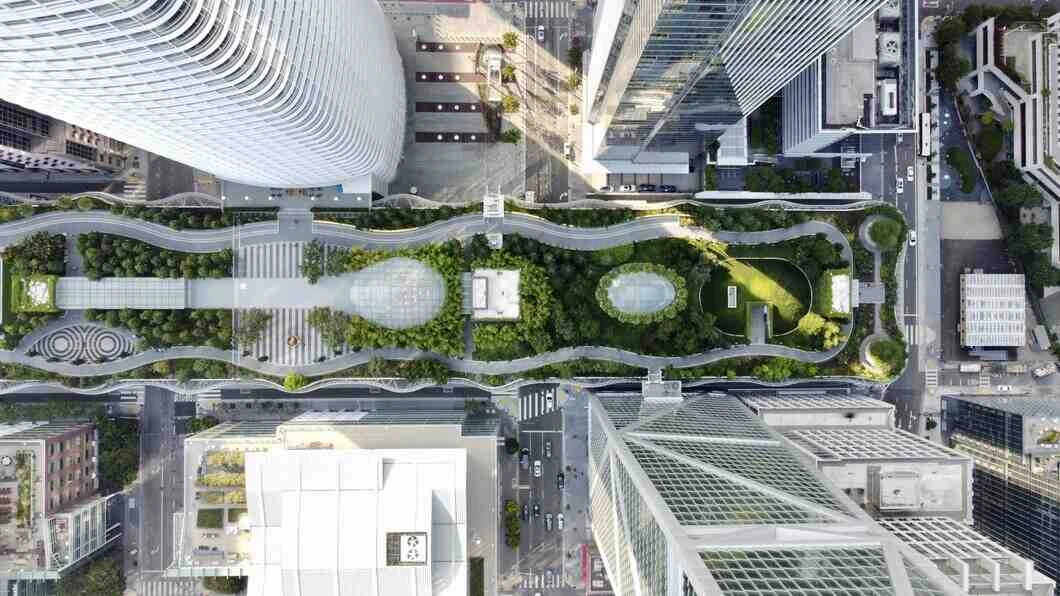
Sustainability in Architecture: Integrating Eco-Friendly Practices into Your Business Model
The Importance of Sustainability in Architecture
Sustainability in architecture encompasses a holistic approach to design and construction that considers environmental, social, and economic factors. Here"s why it"s crucial:
-
Environmental Preservation: Architecture has a substantial impact on the environment, from resource consumption to greenhouse gas emissions. Sustainable practices aim to minimize these negative effects, contributing to the preservation of our planet.
-
Energy Efficiency: Sustainable buildings are designed to be highly energy-efficient, reducing energy consumption and operating costs for both homeowners and businesses.
-
Health and Well-being: Green buildings often prioritize the health and comfort of occupants, leading to improved indoor air quality, natural light, and overall well-being.
-
Regulatory Compliance: Many regions have implemented building codes and regulations that require or incentivize sustainable building practices. Compliance can open doors to projects and reduce legal risks.
-
Market Demand: Clients are increasingly seeking sustainable design solutions. Integrating sustainability into your business model can attract clients who value eco-friendly practices.
Practical Steps to Integrate Sustainability into Your Architectural Business
-
Education and Training: Stay updated on the latest sustainable design principles, technologies, and materials by attending workshops, and conferences, and pursuing relevant certifications like LEED (Leadership in Energy and Environmental Design).
-
Set Sustainability Goals: Establish clear sustainability goals for your projects, such as achieving specific energy efficiency ratings or using sustainable materials. Make these goals part of your project briefs.
-
Collaborate with Sustainability Experts: Partner with sustainability consultants, engineers, and specialists to ensure that your projects are designed and executed with the latest eco-friendly practices in mind.
-
Material Selection: Choose eco-friendly materials that are sourced sustainably, have low environmental impact, and can be recycled or reused. Consider materials like reclaimed wood, low-VOC paints, and recycled metal.
-
Energy-Efficient Design: Incorporate passive design strategies like optimizing building orientation for natural light and ventilation. Integrate energy-efficient HVAC systems, insulation, and lighting to reduce energy consumption.
-
Water Efficiency: Implement water-efficient fixtures, rainwater harvesting systems, and drought-tolerant landscaping to reduce water usage in your projects.
-
Waste Reduction: Minimize construction waste by recycling materials and specifying construction techniques that generate less waste. Encourage deconstruction and salvage when possible.
-
Green Building Certifications: Explore obtaining green building certifications like LEED or BREEAM for your projects. These certifications provide third-party validation of your sustainability efforts.
-
Life Cycle Assessment: Consider the environmental impact of your designs over their entire life cycle, including construction, operation, and eventual demolition or reuse.
-
Marketing Sustainability: Showcase your commitment to sustainability in your marketing materials and on your website. Highlight successful eco-friendly projects and explain your firm"s sustainable design approach.
Conclusion
Integrating sustainability into your architectural business model is not only responsible but also beneficial for your clients, your firm, and the planet. By staying informed, setting clear sustainability goals, collaborating with experts, and adopting eco-friendly practices, you can play a vital role in creating a more sustainable and environmentally responsible future in the field of architecture.











